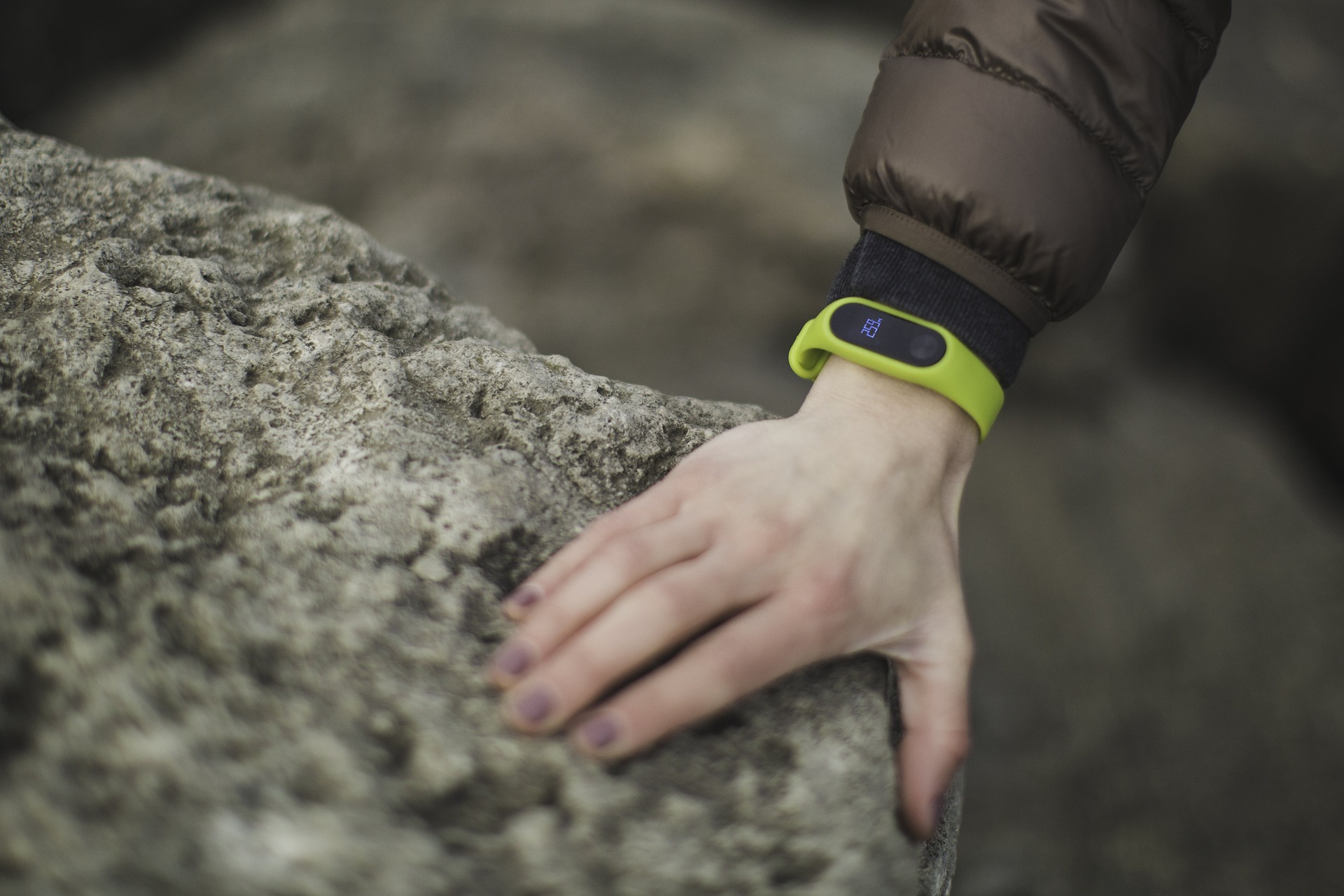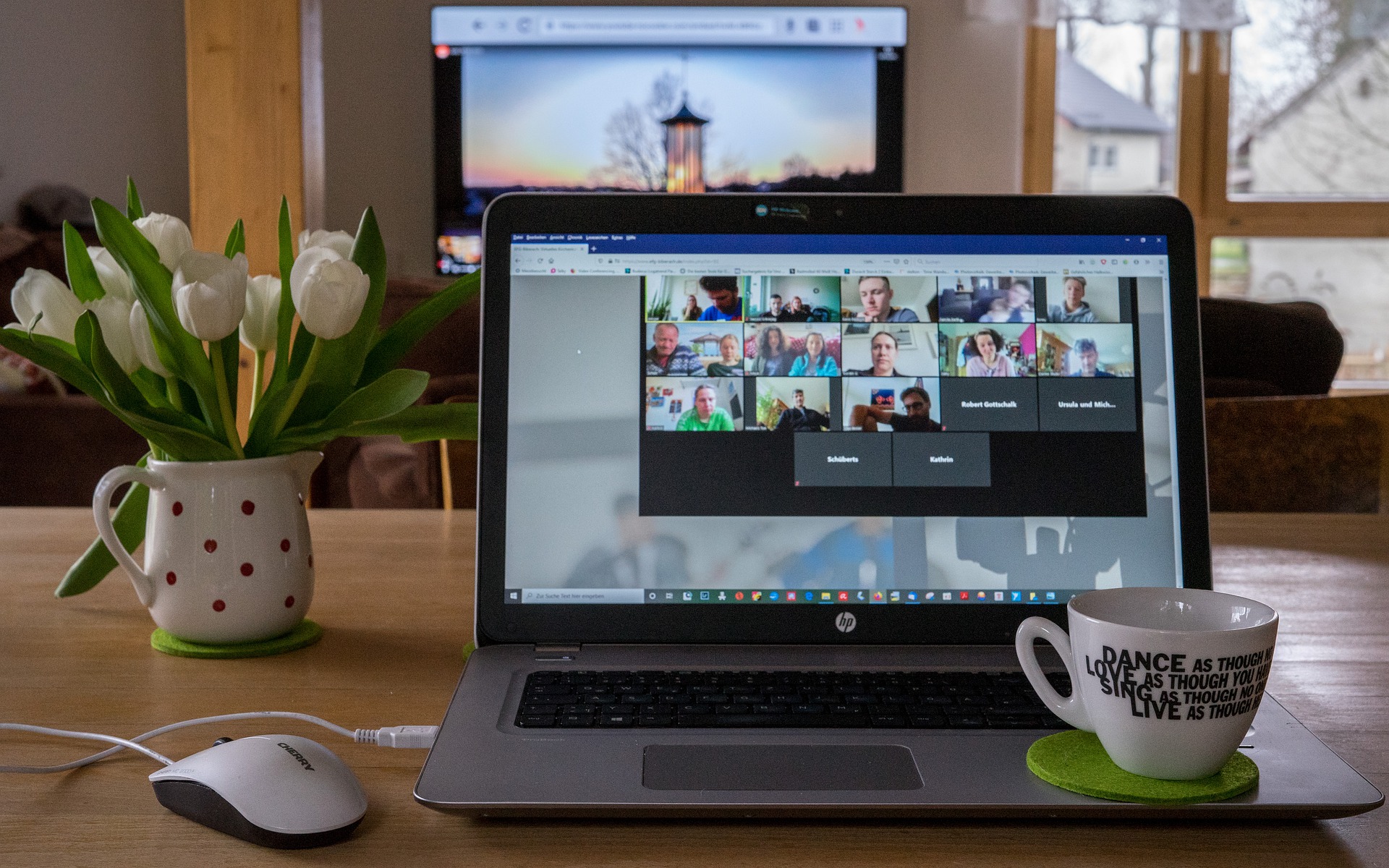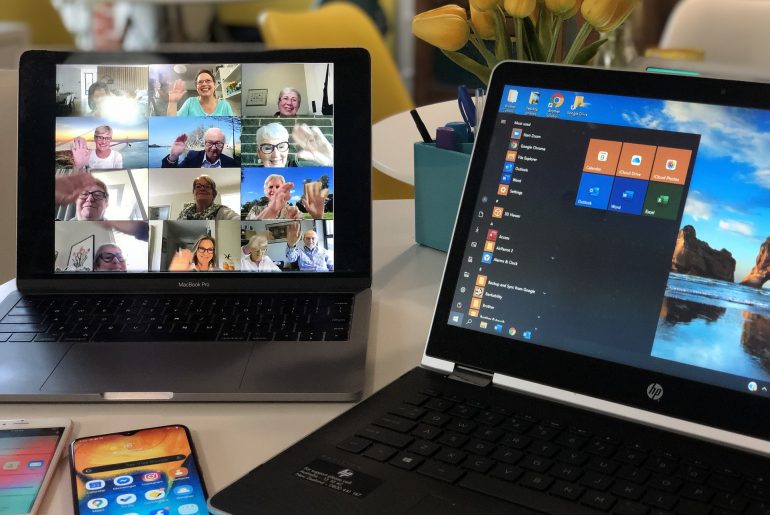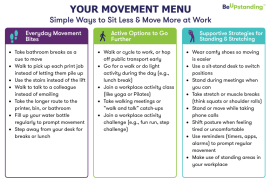COVID-19 has upended business operations on a global scale and has forced many workplaces to rapidly transition to staff working remotely. However, with organisations adapting to change and staff experiencing the benefits of working from home, it may be the case that the shift towards telecommuting is here to stay. While the focus of organisations has been on ensuring the safety of their employees at this time, employee well-being is also becoming an area of greater significance. According to the Center for Disease Control (CDC), well-being is “the ability for individuals to address normal stresses, work productively, and realize their highest potential.” A wellness program should be designed to support the overall health and well-being of employees, while aiming to meet the specific needs of each individual employee.
If you and your team are new to working from home, navigating this change on its own can be challenging. While your organisation may already have a wellness program or initiative in place, being able to adapt the program and make it relevant and engaging for staff working remotely can come with its own set of challenges.
So how do you set you and your team up for success when it comes to implementing health and well-being programs? How do you get work-from-home staff on board with your wellness initiatives? What tools do you need? How can you make sure that you are running the program as effectively as possible? Below are some tips on how to successfully engage your work team in a health and well-being program (such as BeUpstanding) when staff may be working across various locations and situations.
Make flexibility central to your program If a substantial segment of your workforce is remote, your wellness program should reflect a flexible approach. Ensure your program includes at-home or on-the-road activities and look for programs that can be easily delivered in an online format. BeUpstanding is an example of a health and well-being program that can be delivered no matter where staff are working from. It is a free online toolkit that supports staff to sit less and move more at work. By signing up to the toolkit, a workplace ‘Champion’ gains access to all the tools and resources needed to run the program with their work team with components of the program easily able to be tailored to staff working on site or remotely.
Having supportive managers and leadership is key A survey from the American Psychological Foundation published in 2016 reported a link between workplace well-being and senior leadership support, highlighting the crucial role that senior leadership has in employee well-being. Implementing well-being programs where management play an active role is key for the success of the program. Leadership can help create social norms and a workplace culture that supports change. For example, managers starting and finishing each video meeting by standing up can set the example and expectation for staff around ways they can sit less at work.
Include options for staff no matter their geographical location Ensure you include offsite options when deciding upon strategies or activities as part of well-being programs to avoid disengagement from staff who work at home. Making initiatives accessible to all workers regardless of their location is essential to the success of such programs. For example, if pedometers/fitness trackers or sit-to-stand desk additions are utilised as part of a well-being initiative then they should be made available to all employees—both onsite and offsite.

Utilise technology to boost engagement Employers can use technology and social media to engage remote workers not only in their job but in their health and well-being. Create a digital equivalent of face-to-face interactions you would normally have in an office environment, such as Zoom or Microsoft Teams for meetings. These and other video resources are excellent tools for sharing wellness-focused presentations and information with workers located remotely. Also consider what digital tools staff need to participate in an initiative. For example, if one of your teams strategies is to take a break to stand up for every hour of sitting at the computer then ensure all staff have access to computer software that creates reminders to take a break from sitting and move.

Examples of how technology can be used to drive engagement include:
- If you a running a physical activity challenge, create a challenge that remote employees can participate on a team and monitor physical activity through an online tracking system. You can have your team log steps or success with an activity on a shared spreadsheet, or create a chat thread on Slack. This can create value and team-building for employees who are otherwise isolated from their co-workers.
- Set achievable goals and rewards to help motivate remote employees to participate in health and well-being campaigns throughout the year.
- Use your organisations own social media feed to keep these employees up to date on new internal well-being initiatives and related activities
- Set up a Cloud based storage for program resources (such as the toolkit posters in BeUpstanding) that all staff on your team can access
- Encourage remote employees to participate in walking meetings through mobile technology. Employees can also be encouraged to participate in calls/video meetings while standing, or if on a phone call, walking on a treadmill, or riding a stationary bike.
- Use blogs (such as the BeUpstanding blog) and other social media to share examples of healthy living stories of remote employees and provide inspiration.
Positive, consistent communication is key When you think about implementing a well-being program in a remote work context, how we interact with others is extremely important. Tailoring a program to the remote setting often starts with fostering connection. Create personal connections in a remote environment through multiple channels – e-mail, webinars, and regular one-on-one conversations with colleagues to discuss everyday concerns and share health and wellness information. Ensure workers are clear on what the program involves.
It is important to let staff know the expectations of the program, how it will be run and how their engagement and feedback with the program will be done.
Communication should be frequent and well-worded since you won’t see your workers in person. The wording of your messages should be paid special attention to, so that remote employees do not feel excluded from news and updates. While emails are more often than not the preferred way of communication, do keep in mind that employees that work remotely are more dependent on emails than office-based employees; so, a wellness initiative announcement may get lost amongst a host of other work-related emails.
Set up a specific day and time in the week to communicate with staff such as a recurring video meeting to check in about the program so they can pencil it into their calendar. You can use this time to discuss how strategies are going, challenges, problem solve, delivering shout outs or praise for jobs well done. Facilitation of these meetings will need to be clear. Send out an agenda prior to meeting so everyone knows what is going to be discussed and can come prepared. Encourage participation in the meeting, ask questions, actively engage your team.
For example, a key step in the BeUpstanding program is conducting a staff consultation workshop where the team taking part in the program comes together to identify a number of strategies they can do to sit less and move more at work. This step can be done virtually and utilising these suggestions above can ensure it is a productive workshop where staff are actively engaged.
When delivering program messages, ensure these are done at multiple times and across multiple formats. People consume information in different ways, and it can sometimes take repeated exposure to a message for it to be fully absorbed. For this reason, utilising a number of methods for sharing program messages can help. Use multiple channels—such as e-mail, webinars, training videos, and phone conferences—to communicate about the program. In BeUpstanding, the online toolkit, contains emails and posters to share with your team to promote the program messages and can be sent via email and through other mediums to enable the messaging to be reinforced.
Create opportunities for socialising as part of your program When staff work remotely, there isn’t the opportunity to take a walk to get coffee, chat over lunch with colleagues or get together for after work drinks. Those opportunities for conversations don’t naturally occur so it’s important to create those opportunities for your team to connect on a social level. When conducting video or phone meetings related to your program allow staff to hop on 5 mins prior to meetings to have general chit chat. This can help boost social morale and ensures meeting is then productive. Virtual happy hours or coffee breaks, or even online social trivia can help your team feel connected when working from home. Make it a scheduled time and put it in a shared work calendar.

In the context of running a well-being program like BeUpstanding, encourage staff to share what they have done in the day to move more or sit less. You could consider running a competition to see who can do the most unusual one (wrestling with the dog, squats while on the phone, lifting the laundry basket for weight training etc.). You could even create a virtual exercise bingo board competition where staff tick off which activities they have done. Connecting and building relationships with remote employees through regular conversations and sharing information on health and wellness topics can help a well-being program achieve greater success.
Offer opportunities that are offline Involve remote workers in your organisation’s wellness activities by offering them some offline opportunities such as local gym memberships, organising walks and fun runs in their cities or creating teams of remote employees in the same area for building connectivity.
Organise regular get togethers Bring employees together on a regular basis for a well-being focused event. This may include a health presentation, a walk/run to raise funds for charity, or an outdoor social event. Wellness activities carried out during such visits are fun, inclusive and will help your workforce connect and stay happy and healthy.

By using some or all of the above tips, you can foster an environment of health and wellness for your organisation’s employees. Implementing strategies that engage and encourage staff working in an online remote situation is crucial in keeping all employees healthy, productive and well.
Sound like just what your team needs? If your organisation is interested in taking part in a well-being program that is easily able to be run with staff working in various environments, why not sign up to BeUpstanding and help your staff to sit less and move more and create a happier, healthier workforce. Sign up here.
![]()










Comments are closed.